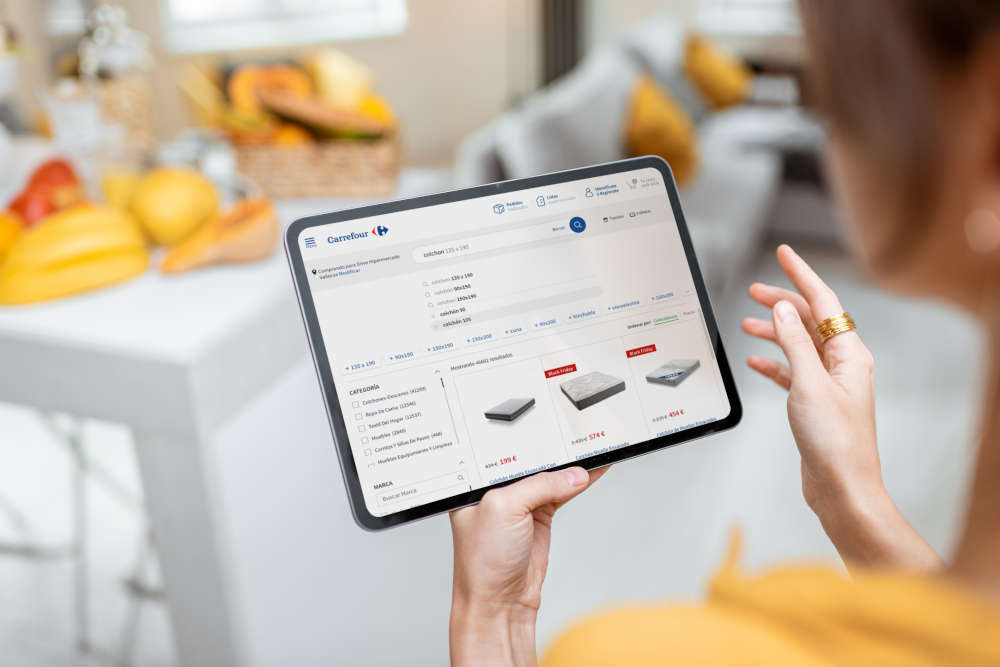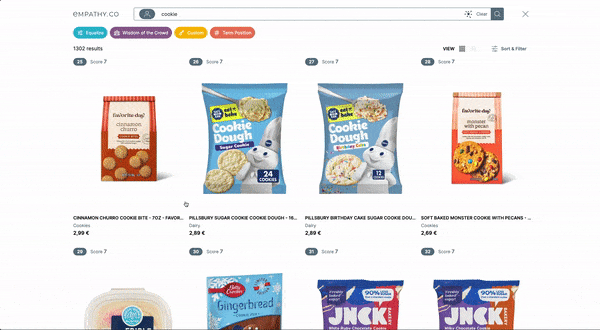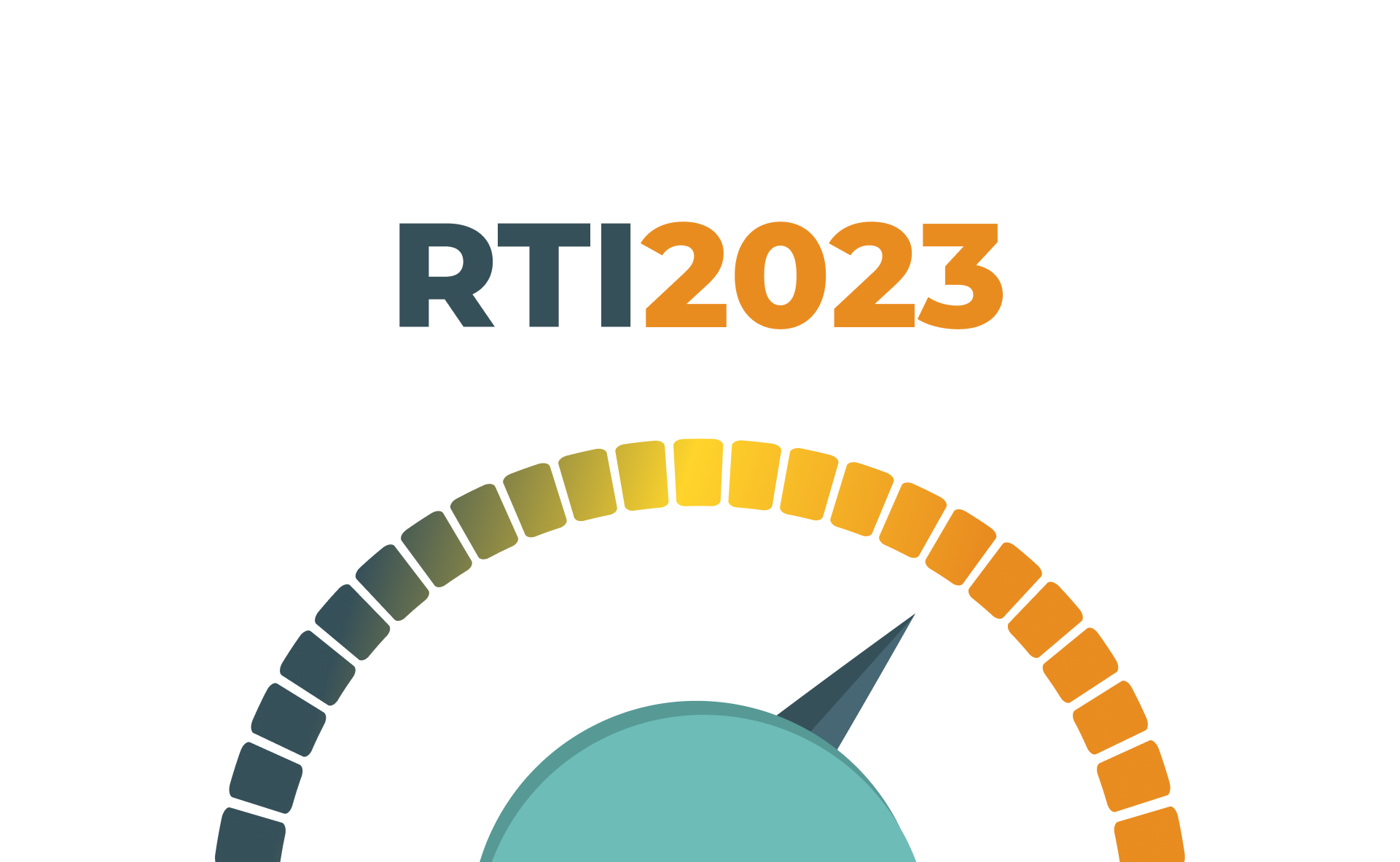Getting ready for huge demand during Black Friday
Getting ready for huge demand during Black Friday
November 23 2020
Black Friday has become one of the most important days in the year for ecommerce sites - and for some of them, it’s even the highest gross revenue day of the year. These are dates when shoppers often demonstrate both a high purchase and a high findability intent. They have a pretty clear idea of what they want, and an urgency to buy it before the item goes out of stock.
The experience on the site during this period is therefore key. Every retailer is getting ready for high peaks of traffic while adapting the catalogue to a huge demand, looking for a special promo but also for a nailed-down experience, frictionless and straightforward.
From an operational perspective, before thinking about the final experience itself, retailers need agility and efficiency to manage two critical areas of ecommerce management:
- Marketing: Giving marketers and merchandisers the facilities to make well-informed decisions based on visualisations of customers’ behaviour and patterns, and to dynamically control products’ performance through intuitive configuration tools.
- Engineering: Easing catalogue indexing tasks and ensuring solutions for enriching the data feed, and also for adapting frontend experiences in a no-code space. This requires the design of components that allow merchandisers to adapt to campaigns on-the-fly without the need to develop, push or commit any code in production during high traffic peaks and code-freeze periods.

From a UX perspective, any ecommerce transaction needs to provide the right product at the right moment. Here discovery and inspiration are key elements of the experience. The ecommerce interface should guide shoppers to find what they are looking for, but also inspire shoppers with new products in the catalogue and show everything they have for them.
Some of the key elements to provide unique catalogue exploration experience are:
- Guiding shoppers through the search box. Type-ahead suggestions, recent searches and search trends. As a starting point, some suggestions are populated to assist shoppers and drive them through an experience that requires little typing.
- Helping shoppers to refine their searches or/and to discover new products. Related queries based on people’s past search session history. ‘Related Tags’ help shoppers to refine their search with just one click on the tagged word that best aligns with the search intention. Then ‘Next Queries’ are shown once the consumers come back to the search box after surfacing the results for a given query.
- Contextualising the experience. Offering the right products based on behavioural patterns and clicks so that the results page offers accurate and most trended contents based on other shoppers’ interaction with the catalogue.
Getting prepared for Black Friday or any special campaign is not just a matter of thinking about the best promos and ways to present your catalogue. Ecommerce sites must be agile and able to adapt during the course of a campaign. Having your site prepared with the best technology saves time and, hence, money in engineering and marketing tasks. What is, definitely, a technology used to dealing with an everyday Black Friday, a constant huge demand in terms of traffic and queries.
The UX side of ecommerce must incorporate a customer-centric culture that drives experiences aimed at discovery and joy. Beyond helping to find and buy what they have already decided to buy on this Black Friday, reward your shoppers with the gift of discovery, offering them alternatives, suggestions and playfulness. Give them the power to decide what to look for and how to hit on their journey.
You can check out this case study to see how Carrefour manage high peaks of traffic with a brilliant customer experience.










